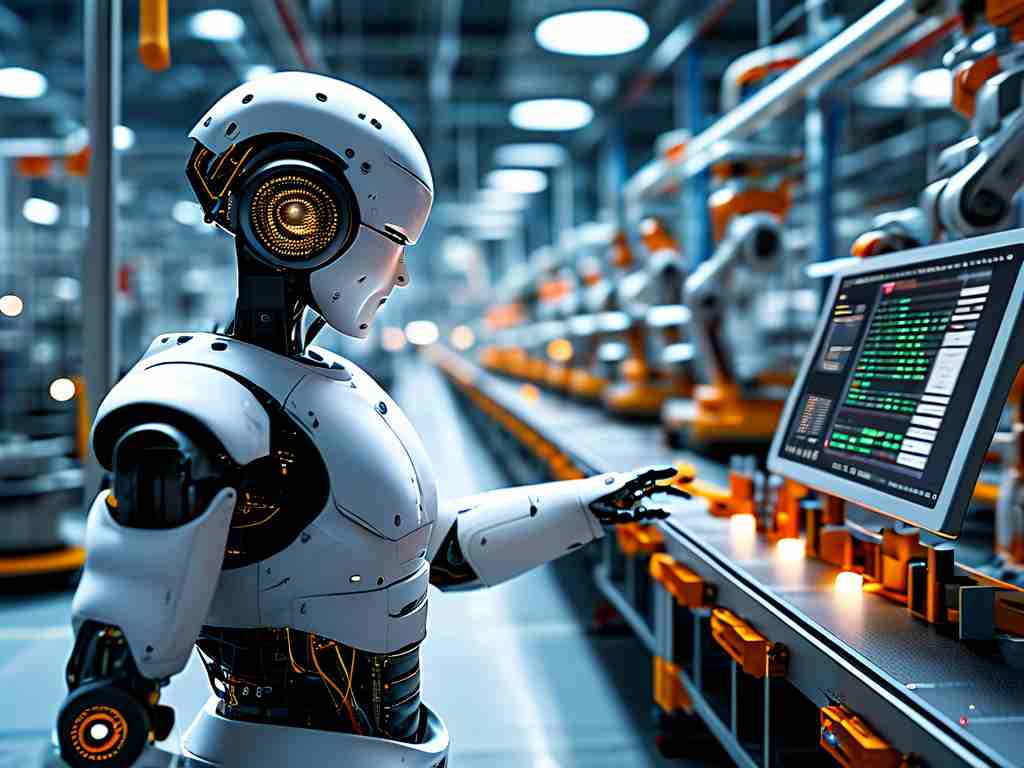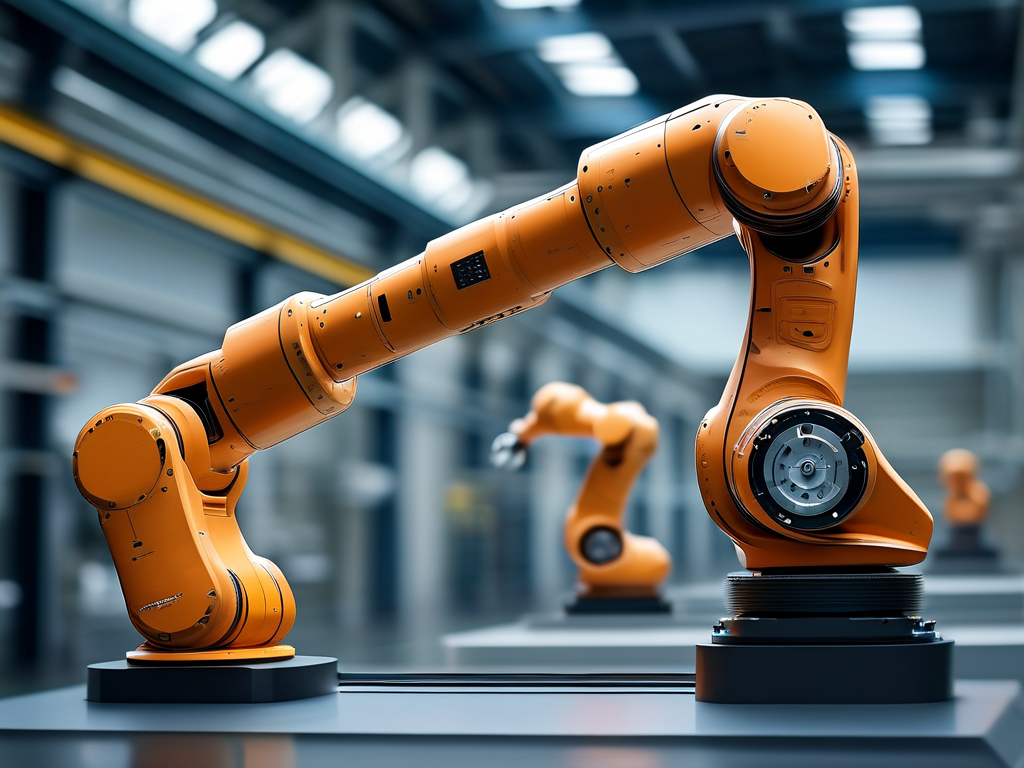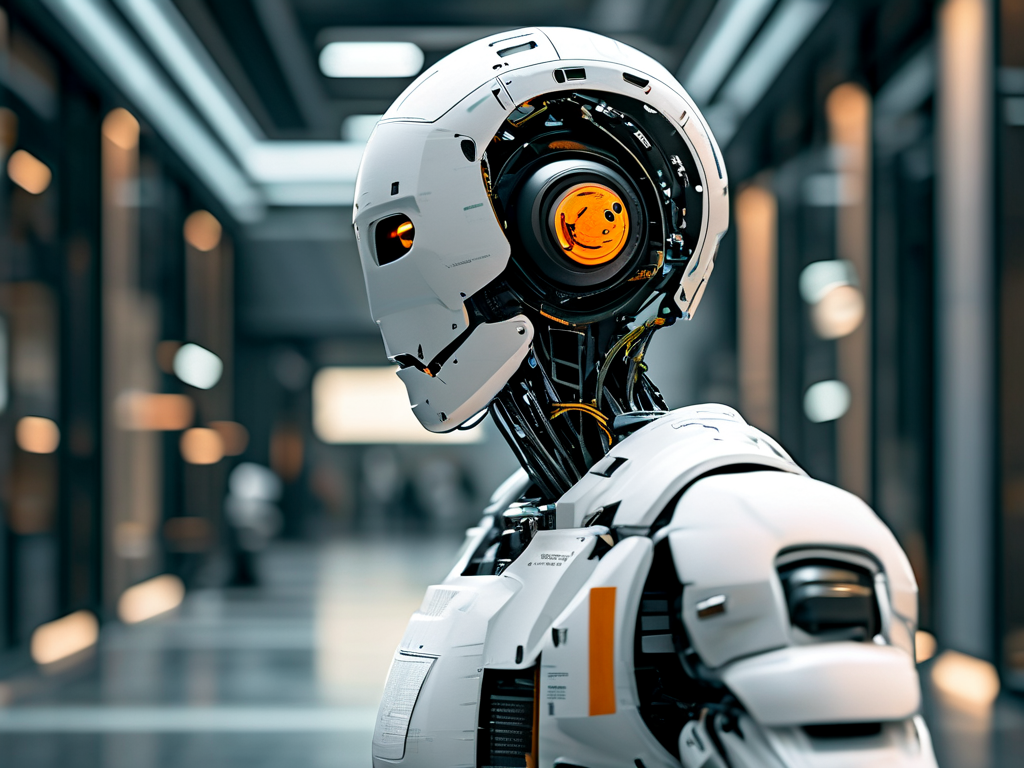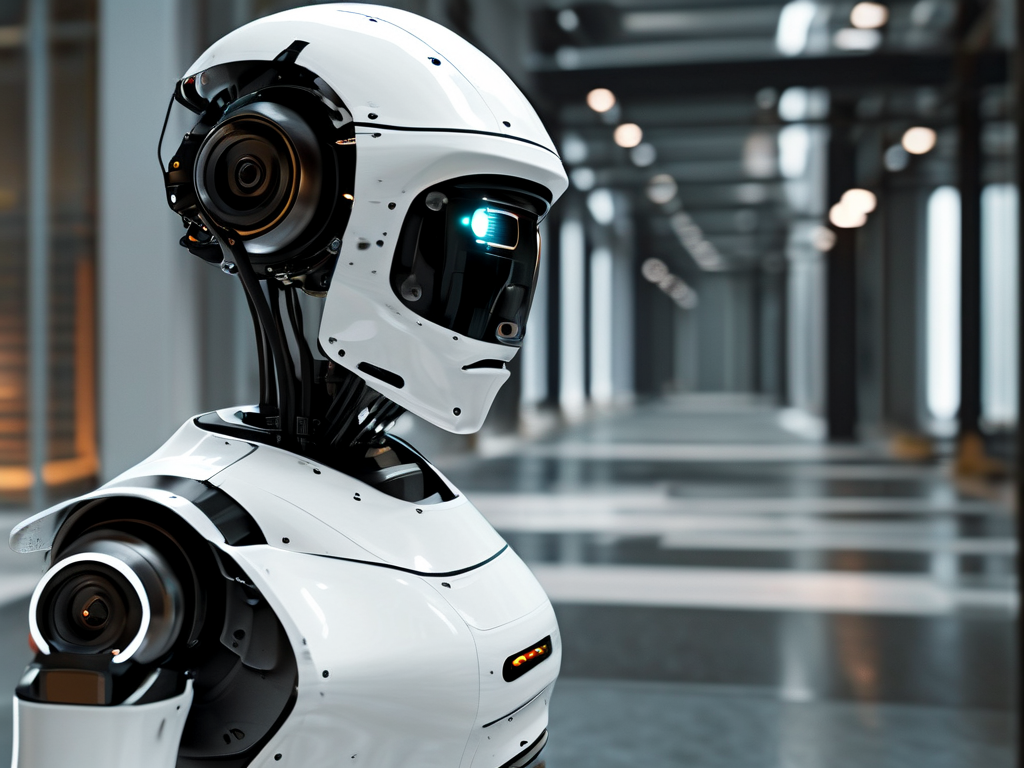The integration of large language models (LLMs) into industrial automation represents a transformative shift in manufacturing and production systems. By leveraging advanced AI capabilities, industries are unlocking unprecedented levels of operational efficiency, predictive maintenance, and adaptive decision-making. This article explores the technical foundations, practical applications, and challenges of deploying LLMs in industrial environments while emphasizing their potential to reshape traditional workflows.

Bridging AI and Industrial Systems
Modern industrial automation relies on programmable logic controllers (PLCs), supervisory control and data acquisition (SCADA) systems, and IoT sensors. LLMs complement these technologies by processing unstructured data—such as maintenance logs, operator notes, or supply chain documents—to generate actionable insights. For example, an LLM trained on equipment manuals and historical failure data can predict machinery malfunctions by cross-referencing real-time sensor readings with contextual patterns.
A case study from a European automotive plant demonstrates this synergy: Engineers deployed a fine-tuned LLM to analyze vibration data from robotic arms alongside maintenance records. The model identified subtle correlations between specific frequency patterns and bearing wear, enabling repairs 72 hours before failure—a 40% improvement over traditional threshold-based alerts.
Code-Driven Adaptability in Production Lines
LLMs excel at generating and optimizing code snippets for industrial controllers. Consider this Python-based simulation of a packaging line adjustment:
def adjust_conveyor_speed(sensor_data):
# Analyze real-time weight distribution
avg_load = sum(sensor_data) / len(sensor_data)
# LLM-generated optimization logic
if avg_load > 1500g:
return "Increase speed by 15% to clear backlog"
elif 1200g <= avg_load <= 1500g:
return "Maintain current speed"
else:
return "Reduce speed by 10% for energy savings"
This dynamic approach replaces static programming with context-aware adjustments, reducing energy consumption by up to 18% in pilot implementations.
Overcoming Implementation Barriers
Deploying LLMs in industrial settings presents unique challenges:
-
Latency Constraints: Real-time control systems demand sub-second response times. Hybrid architectures combining edge-deployed lightweight LLMs (e.g., distilled versions of GPT-3.5) with cloud-based training have shown promise in automotive welding applications, achieving 94% accuracy with 300ms latency.
-
Data Security: Proprietary manufacturing data requires robust encryption. Recent advancements in federated learning allow LLMs to train across multiple facilities without raw data exchange—a pharmaceutical company successfully implemented this to optimize sterile filling processes across three global sites.
-
Workforce Adaptation: Successful deployments require upskilling programs. A Japanese electronics manufacturer created "AI Translator" roles—engineers who bridge LLM outputs with PLC programming teams—reducing implementation errors by 63%.
Future Trajectories
The next generation of industrial LLMs will likely incorporate multimodal capabilities, processing video feeds from quality inspection cameras alongside textual work orders. Early experiments in semiconductor fabrication plants show a 22% reduction in defects when combining visual anomaly detection with LLM-guided root cause analysis.
Regulatory frameworks are evolving in parallel. The International Society of Automation (ISA) recently published provisional guidelines for LLM validation in safety-critical systems, emphasizing:
- Triple redundancy for control commands
- Human-in-the-loop verification protocols
- Version control for model updates
As industries navigate this technological frontier, the fusion of LLMs with automation infrastructure promises to redefine manufacturing agility. From self-optimizing chemical reactors to adaptive supply chain planners, AI-powered systems are transitioning from experimental concepts to operational necessities—ushering in an era where factories don’t just follow instructions, but actively propose improvements.









